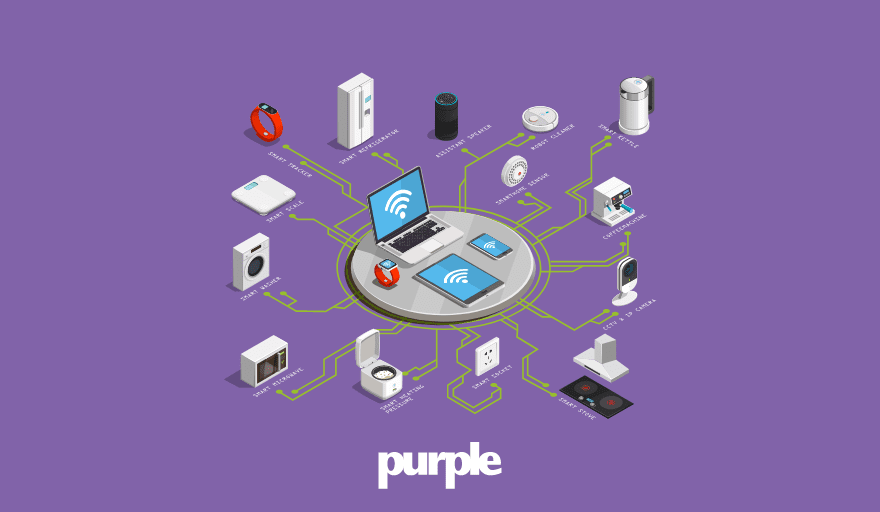2020 will always be a year associated with COVID-19.
It’s important that to remember that although the global pandemic has seen a slow down in many economies and sectors, there has been a huge advance in the rate of adoption of new technologies, and with that comes a new way of living, working, and thinking.
The Internet of Things is one of those technologies that is helping shape our new normal/post-covid world.
What is the Internet of Things?
The Internet of Things, or IoT, refers to the billions of physical devices around the world that are now connected to the internet, all collecting and sharing data.
This can be anything from a small wearable device to a cruise ship, anything with IoT sensors can exchange information and data.
The IoT continues to become an increasingly growing topic of conversation both in the workplace and outside of it.
Making devices and objects in the workplace more intelligent and able to communicate could make workers happier and more efficient.
The data received also makes it easier to measure productivity by using real-time insights.
More than that, Safety at work has become more important than ever in 2021, and organizations are looking for new solutions and ways of doing things to help them maintain a healthy, protected workforce.
How can IoT help drive the new workplace?
As previously mentioned, the coronavirus has forced millions of employees to do their job from home
It’s not to say that before the pandemic there wasn’t a trend of more and more remote working but the circumstances have accelerated the rate of adoption.
A report by Gartner shows that around 74% of CFO’s expect that some of their employees who were forced to work at home in the pandemic will continue to do even as things begin to return to “normal” – whatever that looks like now.
IoT holds huge promise in allowing remote teams in manufacturing, healthcare, and retail to name a few, to work more efficiently while remote.
It can allow technicians to monitor performance without the need for human interaction as IoT sensors connected to the cloud can report remotely on such things as condition, usage, temperatures, etc.
A great use case for IoT is in healthcare where professionals are now able to access remote IoT monitoring systems that provide them with data on a patient providing there is no need to be within proximity, reducing the potential rates of transmission.
The IoT will be a huge data monster, this means that companies will have to rethink how they currently collect and analyze data and the sheer volume of data is likely to expand roles such as data analysts, business analytics and strategists.
Security needs to be front of mind
As IoT usage continues to grow, organizations must follow up on this with an increased focus on security.
Connected IoT devices are vulnerable to malicious attacks, which are notoriously common during crises as hackers seek to capitalize on any potential vulnerabilities.
Organizations should develop enterprise-wide frameworks to minimize exposure to new types of attacks and implement end-to-end security.
Businesses should also implement security guidelines and standards, as well as staying on top of device updates and regular testing.
Remote work and “the new normal” is here to stay and the sooner organizations embrace the opportunities it brings for efficiency, productivity, worker satisfaction, and safety, the more efficient and well equipped they can be for the future.
